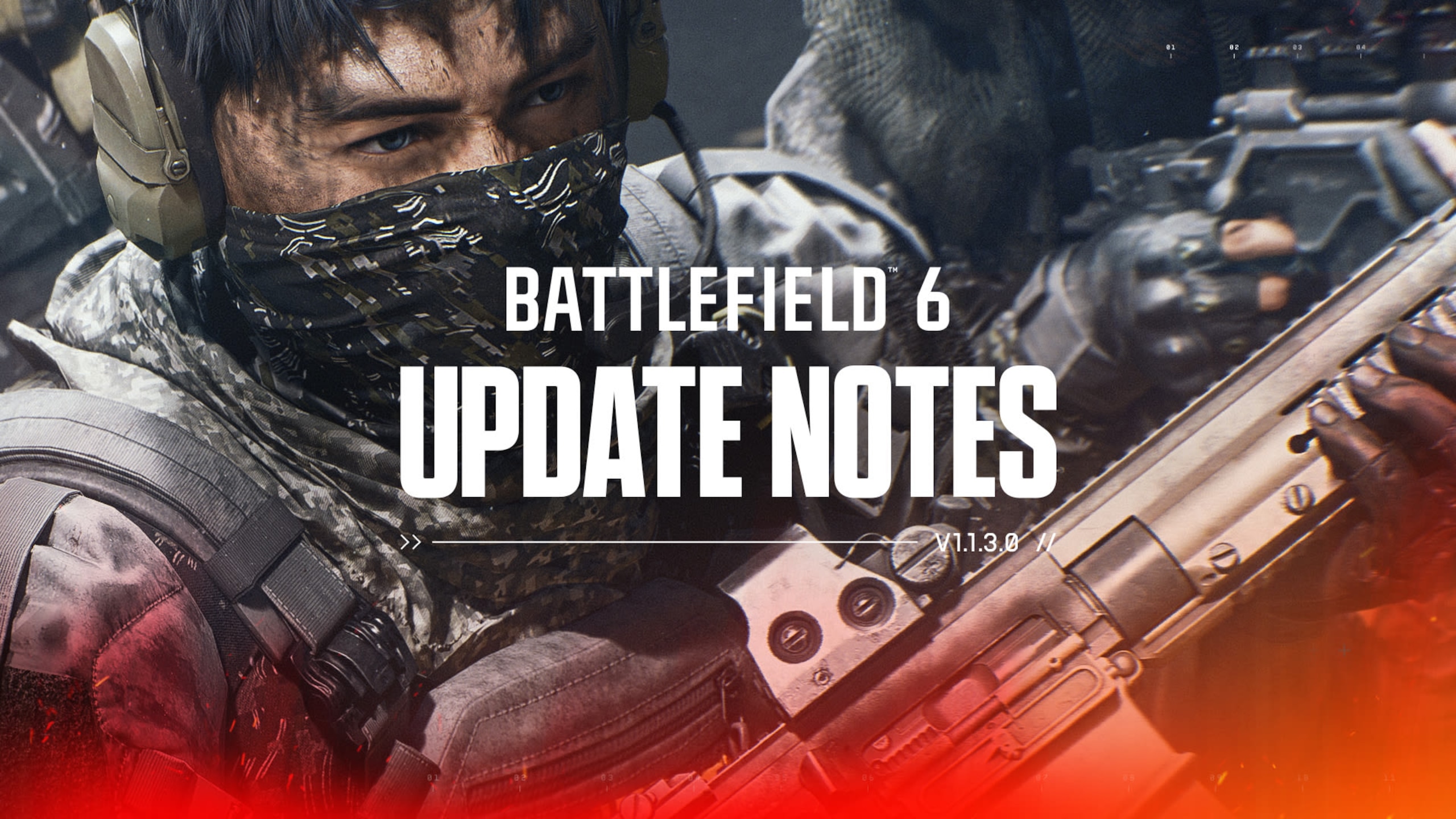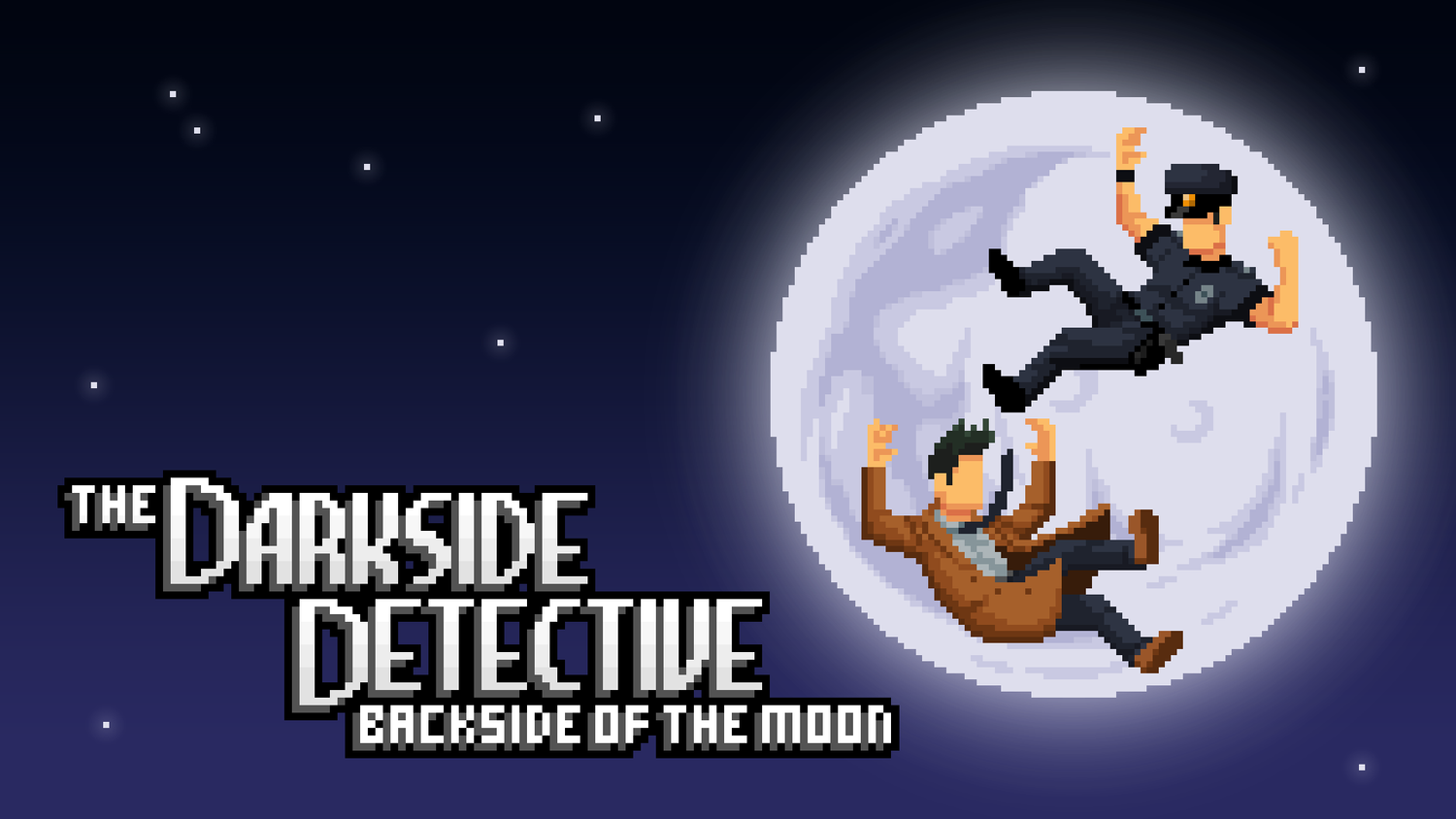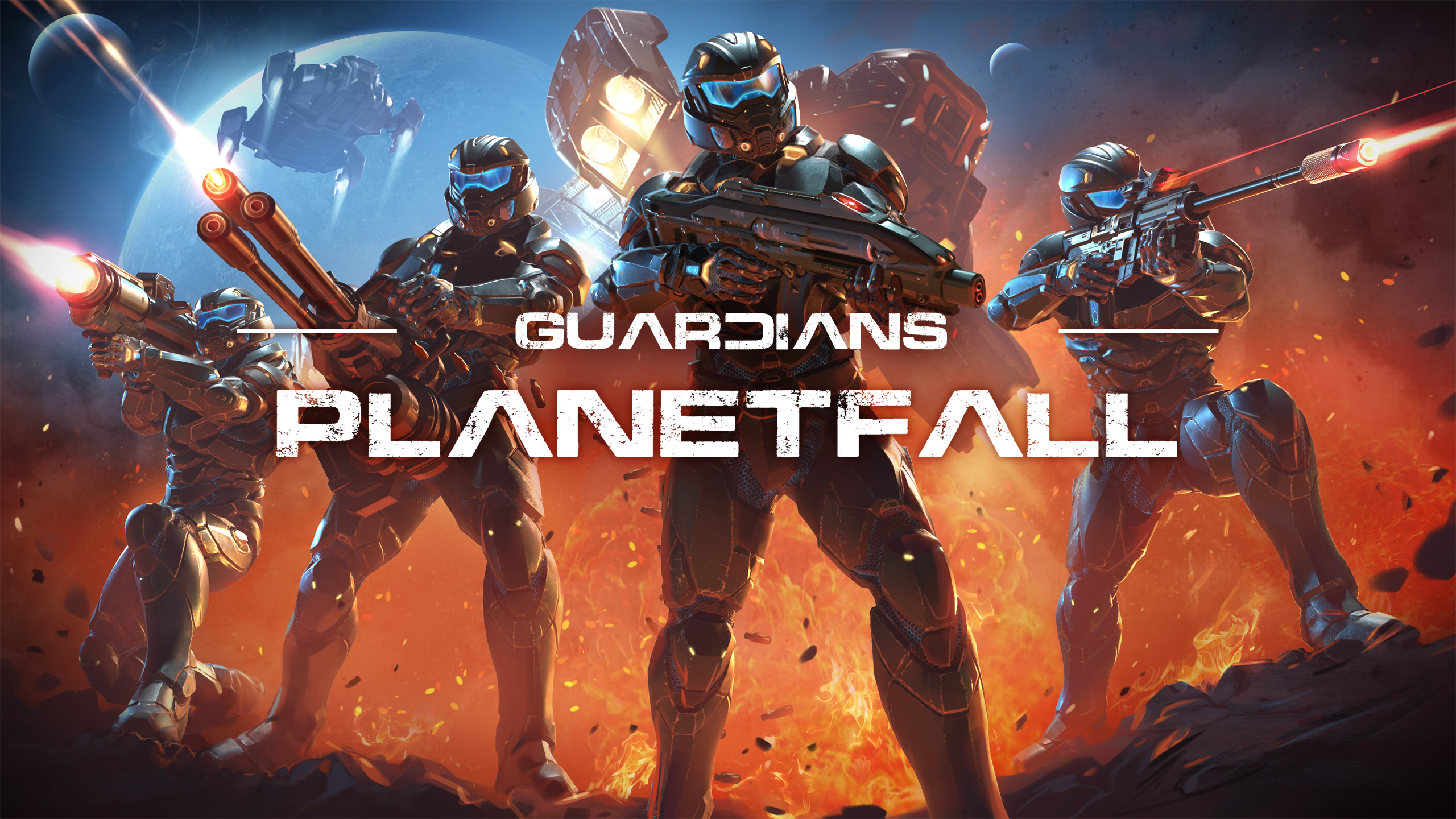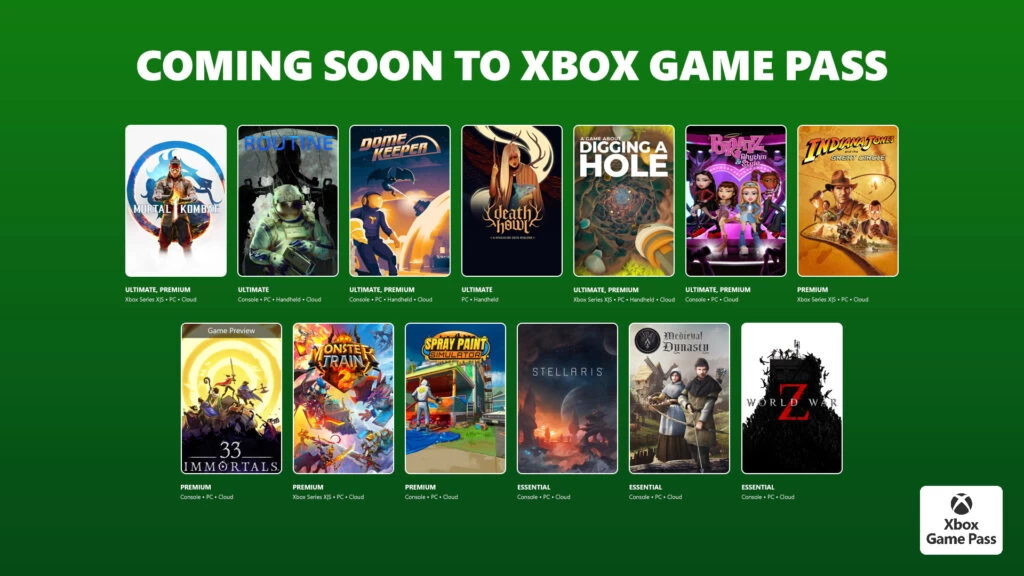Open-world racing games. It’s a genre that has produced some of my favorite games and some of the most revered series of all time. In a genre where the gameplay itself is as defined as it is in racing games, the differences often come from the surrounding mechanics and the physics of the cars themselves. Classics like Midnight Club and the early open-world Need for Speed games focused on urban navigation and the culture of street racing. Burnout Paradise was all about that sense of speed and the car crashes. Forza Horizon still has the weight of the simulation-oriented Forza Motorsport games in a festival atmosphere and heavy emphasis on location.
Ubisoft’s The Crew has focused more on car culture as it exists on social media. Playing as an influencer, you rank up by collecting followers and clout. While that didn’t work for everyone, the use of Boats and Planes along with Cars was a unique take that was more generally appreciated. As was the map being a facsimile of the entire mainland United States.
With The Crew Motorfest, Ubisoft has decided to go after Forza Horizon in an extremely direct way. The game’s setting is no longer all of the Continental U.S. and is instead a massive social media festival at an exotic location. That location being the Island of O’ahu in the Hawaiian Islands. It’s frankly a bold move. But does it pan out, and make for a compelling experience? Read On!
The Hawaiian Tale
The first thing you see when you launch The Crew Motorfest is a fabulously rendered ocean and a series of slow shots of the beaches and mountains above. The game puts Hawaii as a setting right up front and center. The opening cinematic consists of vanity shots of the licensed cars ripping past the jungle, grasslands, mountains, valleys, and city streets of the island. This then gives way to helicopters flying in the titular Crew of diverse 20-something internet influencers. After picking one of them and a simple character creator to edit their appearance, you are presented with the layout of how the gameplay is organized.
The Motorfest is an island-wide celebration of car culture (that also has boats and planes, but they are presented like an afterthought). The festival has completely taken over the whole island and has been covered in events, decorations, and detours to turn it into a car playground. Hawaii was a solid choice, and the open world appears to have been designed with care. It’s a beautiful rendering that, if anything, isn’t emphasized enough in the events. The environment and level design teams on this game outdid themselves.

The events are organized according to various themes called “Playlists.” This is presented to you by letting you drive part of a race from a handful of different playlists. These are diverse in a way I loved. The playlists range from a quick skip through the decades of car history in a retro style, racing around a scenic tour of the island, a tribute to Japan’s car culture and history, and a playlist each to celebrate the history of the Mustang, Lamborghini, and Porsche 911, among various other themes. In all of these, you play using a preselected car. The cars you buy with the in-game currency (or real currency if you don’t want to wait, given that it is a game released in 2023) are only used in free-driving mode or when playing against other humans.
The opening is so similar to Forza Horizon’s openings that I had a moment where I thought I had downloaded the wrong game. It can only be interpreted as intentional. In fact, it is so blatant that I was initially surprised and turned off by it. It is undeniably corny. Let nothing I say contradict that. The commentary for the opening hits the ear like a sponsored TikTok reel. Putting aside that annoyance, which thankfully ends after the introductions are made, the AI assistant, Cara, who talks to you as you navigate in freeride, is much more banal and doesn’t grate on the ear as much. As the game progressed, I actually found that the decision to directly compete like this with a much bigger franchise felt bold, if not innovative. The game goes for it, and I think it does so well once you’re past this opening.
The themes are a clever way to provide variety in a genre that is not known for it. That being said, the presentation is not perfect. Each playlist has an icon plastered everywhere along the tracks in the form of parade float-style balloons. In the Made in Japan playlist, the same dragon in various sizes is everywhere. It’s the same with donuts in the Rule the Streets playlist that features the Donut Media host James Pumphrey commentating. It’s small but distracting.
This leads to another thing unique about this game. The commentary is almost constant. Each playlist has an actor or one of several car culture celebrities talking through all the events. The comments appear to be triggered by specific checkpoints in the course and are every 15 to 30 seconds or so. It’s a particularly talkative game, so be aware that you may want to adjust your volume settings if you hate that sort of thing. It does create a handful of indirectly funny moments, such as when the commentary was talking about the beauty of the unspoiled jungle as I tore through that very jungle, ripping trees out of the ground in a 1970s Camaro. I didn’t mind it, but I imagine it would be vexing for some people.
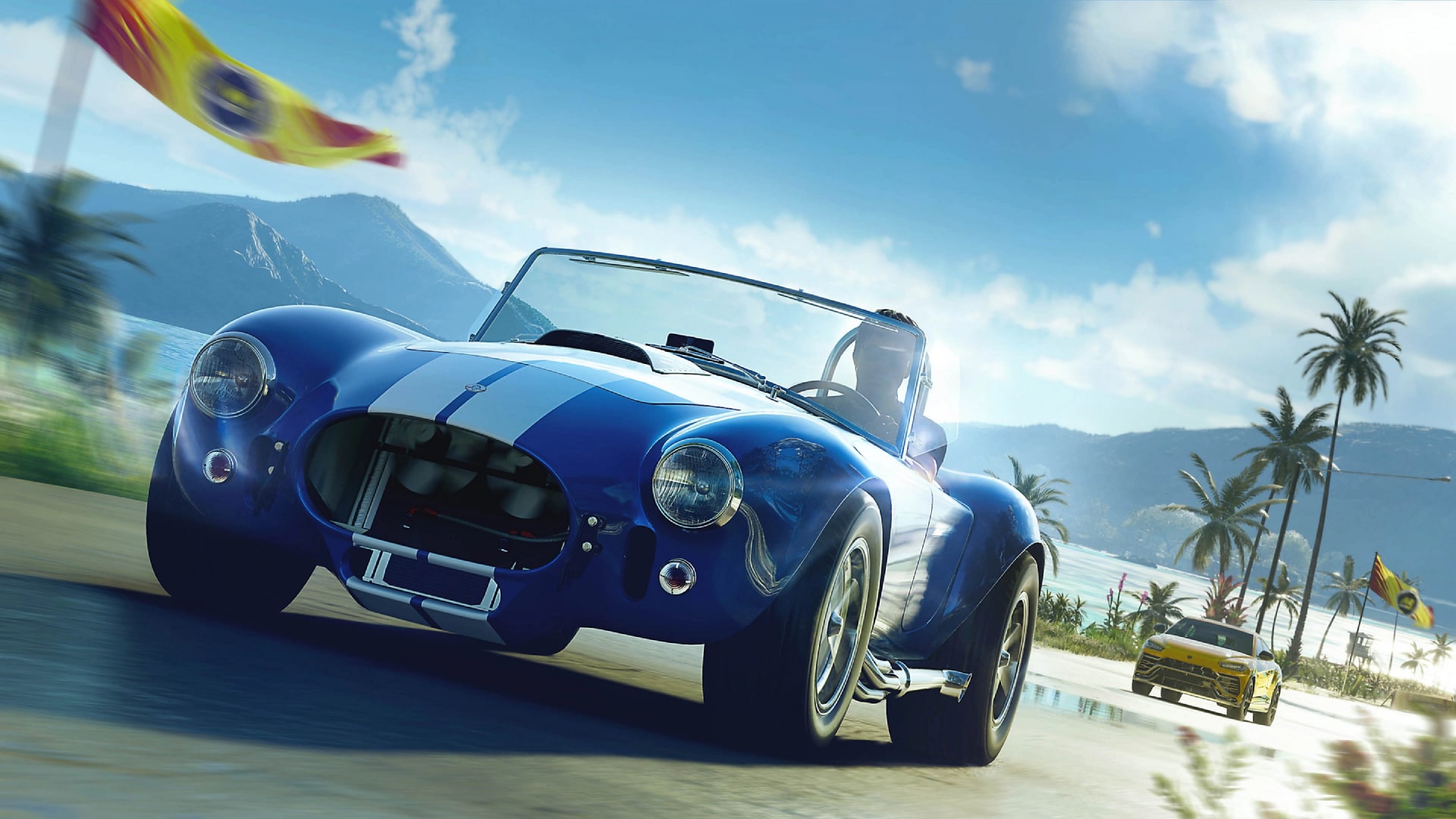
On top of the six to nine events in each playlist, there are also several dozen less formal activities in free roam, such as speed traps where you have to pass a marker going above a certain speed and short slalom tracks. I wished that quick travel was available earlier and had more warp points, but I can understand the desire to make the player spend time driving around the open world and interacting with these other activities.
Despite a couple of qualms, the core structure of The Crew Motorfest is a win for me, and I think it makes for a solid backbone to the racing and driving itself.
Go Around the Island
The gameplay of The Crew Motorfest is solid and smooth. The racing feels like an impressive compromise between more arcade-oriented fun and a more simulation-oriented seriousness. I found that by turning off the guideline function, I was able to enjoy my experience and learned how to control the cars the way the game wants at my own pace. I did have the opportunity to play on a racing wheel setup, and it took a little adjustment, but it worked great. The steering is responsive, and the physics, while not particularly realistic, were understandable and intuitive enough to work with.
It is also interesting to note that it’s uncommon for the game to expect you to win the events. For most of them, you don’t even have to place to move on, and there isn’t a three-tiered Bronze, Silver, or Gold medal system. Almost all the events are Pass/Fail. The player just wins more in-game currency if they win. I liked and disliked this. The drive to get gold is a huge draw in many games. But seeing more of the game in a reasonable amount of time was appreciated, as was not having to get stuck doing an event that I didn’t enjoy as much more than once.
There’s a good selection of cars, but some brands are considerably better represented than others. The game smells of heavy product placement and collaboration with the auto manufacturers featured in a way that often made me roll my eyes. It’s heavy-handed in several places, and as one can expect, this also means that there is almost no damage ever done to any of the vehicles when they crash. The motorcycles are especially protected as your character doesn’t even ragdoll when you crash. Instead, the screen cuts to black, and you get reset back on the path you were riding.

I’m not naïve enough to see why brands don’t want their cars realistically crashed and torn apart. But in a game where you can fly up into the low stratosphere and then turn into an antique VW Beetle and fall out of the sky without anything but some scratched paint, it’s hard not to see the corporate partners’ wallets affecting the game design. The concept and structure of the game are over the top and silly fun. The cars, on the other hand, are taken seriously. Thankfully, the pause menu features the personalization options that have come to be expected in these games, and you can customize your cars with a good breadth of options. That is not the case for certain vehicles that are branded or have a special paint job, but those are the minority.
Like the last two The Crew games, there are race boats and planes in this game. Unlike those previous installments, they are very much off to the side, as are motorcycles. While there are a couple of events where boats and planes pop up in other playlists, they share a single playlist themselves called “Sky and Sea.” Motorcycles have a playlist all to themselves, but just one. Cars are the focus of 12 playlists and are the darlings in this family reunion. I didn’t mind it, but I know some of our readers might very well mind, given that shared emphasis in the previous installments.
It might be for the best because while the boats feel unique to drive in a fun way, I found the plane races to be infuriating and nigh unplayable. The checkpoints are small rings that you have to navigate a plane with relatively realistic controls — attempting to do so more often than not resulted in my crashing into the side of the ring and falling out of the sky. The planes are fun to fly as a way to get around in freeride, but my stomach sank whenever I realized I had to actually race one.
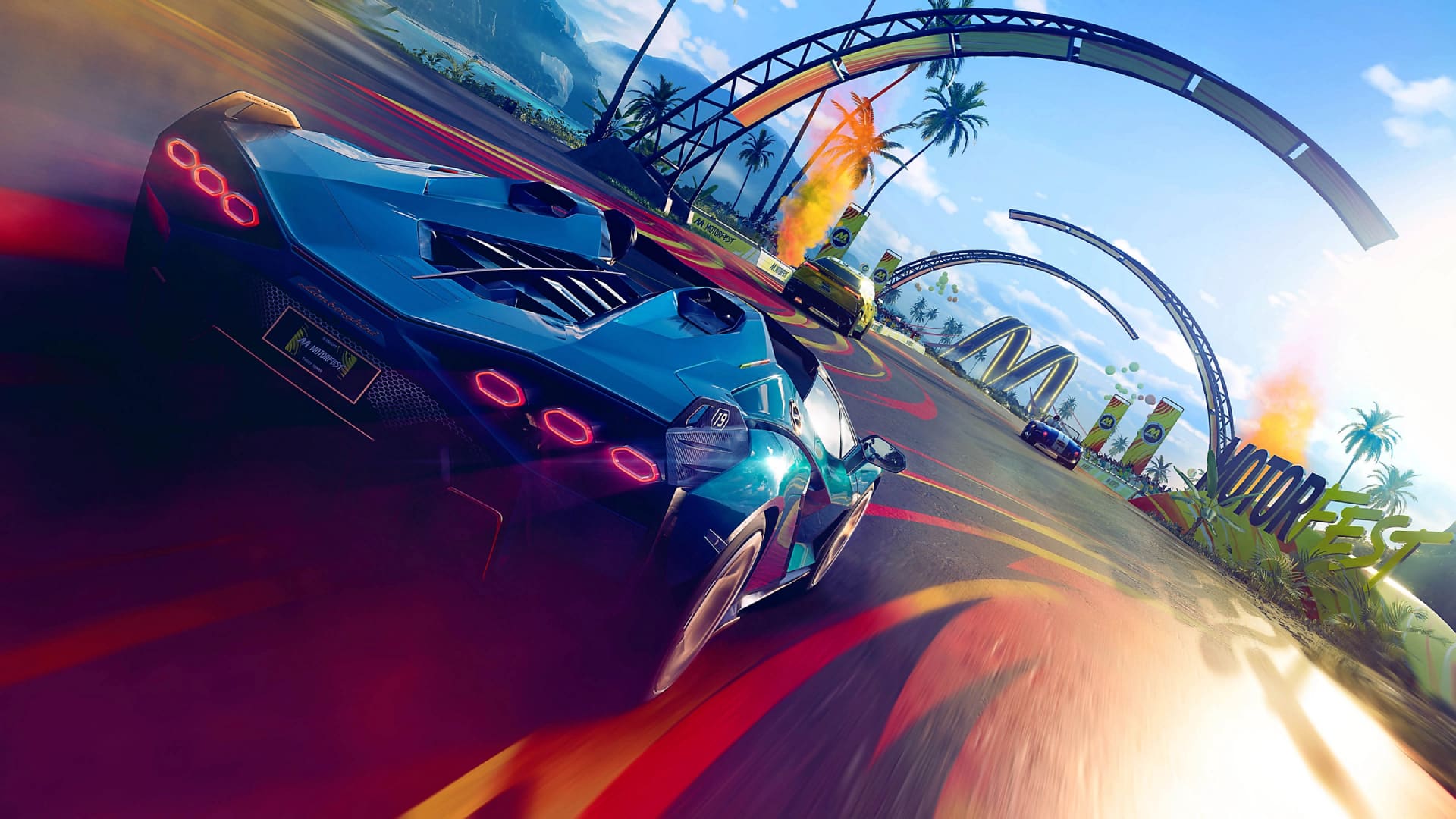
All in all, I liked the gameplay, and I enjoyed the racing. I am not a big fan of simulation, and this does have some aspects of that, but it is more arcade-oriented than Forza. Which is something I can appreciate.
Verdict and Aloha Oe
The Crew Motorfest is a fun surprise. I intend to keep playing it for at least a few more hours and will likely keep it installed if I need a pretend mini vacation. My biggest gripe is the Internet Car Influencer culture from which the game takes its narrative cues. I hate the world of influencers like every other adult with a brain. But the setting is genuinely fantastic to race around. The cars and other vehicles are fun to drive (except the planes in a race); plainly put, it’s a fun racer. Here’s to hoping we get more games in this direction and eventually see the genre return to its former glory.
Score: 7.5/10
Pros:
- Driving is fun and feels great.
- The environment and cars are gorgeous.
- The gameplay is varied and kept fresh.
Cons:
- The opening, while informative and necessary, reeks of corny Influencer speak.
- Racing planes is a bad time.
- Potentially annoying persistent commentary.
- Character models clearly took a back seat to the vehicles and world.


